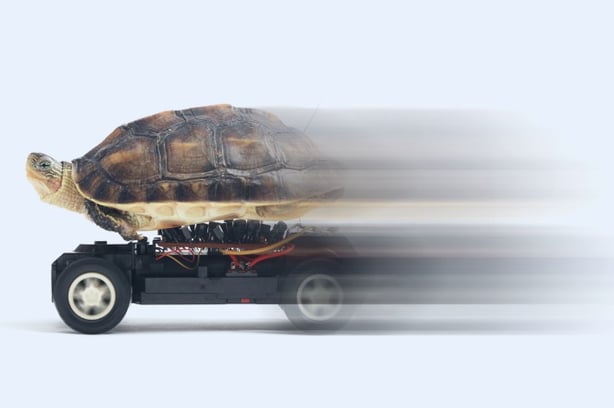6 things you must check before you choose a multiband solution
Multiband, dual-band, or carrier aggregation. These and other names describe one of the hottest features of wireless backhaul – the ability to extend the reach of a multi-Gbps E-Band link without compromising the availability of high-priority services running on top of it. This is done, as described here before, by combining an E-Band carrier with a microwave carrier (or carriers), allowing you to leverage E-Band capacity alongside microwave reliability.
But are all multiband solutions identical? What should you consider before selecting a multiband solution for your network? Here is your multiband checklist. When you plan your multiband applications, make sure you select a solution that covers as many items on this list as possible.
- All-outdoor and split-mount
E-Band and multiband solutions are often required in small or street-level sites. Most multiband solutions require an indoor unit to split and balance the traffic between the E-Band carrier and the microwave ones. This could be an issue in all-outdoor sites. Can your multiband solution support all-outdoor, single-cable configuration? One that allows a single connection to the E-Band node that splits the traffic between its own carrier and the microwave ones?
✔️ If so, you are good to go.
- Multicore microwave
Multiband is based on the assumption that your high-priority traffic is handled by the microwave carrier or carriers, in case of fading conditions on the E-Band carrier. This is feasible if the capacity ratio between E-Band and microwave is not too high. If it is, the microwave capacity might not be enough. When it comes to 10Gbps E-Band capacity, you will need a multicore microwave solution in order to get enough microwave capacity to keep this ratio reasonable. Does your multiband solution support multicore microwave radios?
✔️ If so, you are set to go.
- Multiband antenna
The use of a single multiband antenna allows you to reduce your tower or pole footprint. This is extremely important in small all-outdoor sites as well as in busy aggregation sites. Multiband antenna also reduces the E-Band alignment effort, saving time and expenses. Does your multiband solution support multiband antennas? Do these antennas support multicore microwave?
✔️ If so, you are set to go.
- Third-party microwave
Most multiband links are installed as an extension to an existing microwave link.This microwave link should not necessarily be decommissioned, in case of a different E-Band vendor. If your solution supports a combination of third-party microwave equipment, you can continue to monetize your past investment while reducing your CAPEX.
✔️ If this is the case, you are good to go.
- Leased line
In some cases, your fallback capacity can be a non-microwave connection. It might even be an optical cable or a leased line – capacity leased from another carrier. Can your multiband solution support a secondary leased-line connection?
✔️ If so, you are set to go.
- Hitless switchover
Multiband links should act as a single connection, or pipe, across your network. Fading conditions may result in changes in traffic routes across E-Band or microwave carriers, but should not result in any drops. The key to such hitless switchover is the traffic distribution mechanism across the multiband solution. If it is a robust, layer-1-based aggregation engine, you can leverage hitless switchover. And if this is the case in your multiband solution,
✔️ you are ready to go!
To learn more, read our technical brief:
Multiband Solution for High Capacity and Reach Wireless Backhaul


